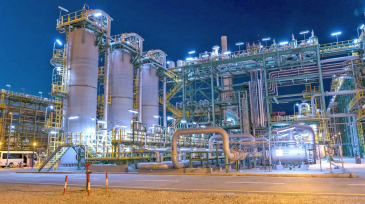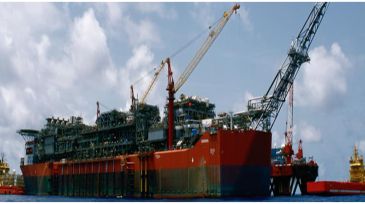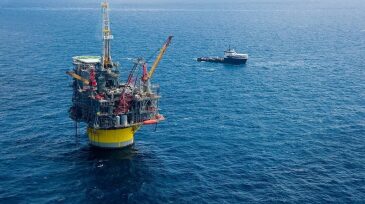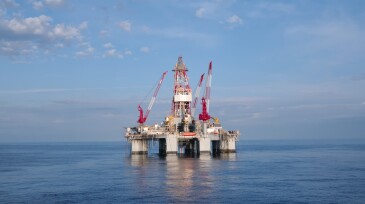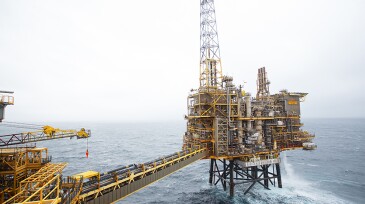Management
The latest corporate plan drops the amount the company says it will invest in low-carbon efforts by $10 billion from last year’s plan.
KTH researchers unveil a nickel–iron catalyst that speeds up water splitting, boosting efficient, sustainable hydrogen production.
Vår Energi ASA and partners have officially sanctioned the Previously Produced Fields Project in the Greater Ekofisk Area. The redevelopment is expected to add high-value barrels starting in 2028, extending the production life of one of Norway’s key offshore regions.
-
First oil from Beacon Offshore’s Shenandoah is on track for the second quarter of 2025. Project partners also have sanctioned a second phase of development and are advancing plans for a related project.
-
Arcius’ remit covers the Shorouk concession, home to the Zohr gas field whose production decline has been fueled by a lack of investment.
-
New IEA Report: Next-Generation Geothermal Can Go Global, But Oil and Gas Industry Must Show the WayThe upstream sector could help unlock geothermal energy’s potential but up to $1 trillion in project spending would be necessary over the next decade, the report says.
-
Deepwater subsea tieback expected online by the end of the decade, targeting more than 300 million BOE.
-
The institute is tasked with accelerating the deployment and scaling of cost-effective climate technology.
-
The acquisition will add water infrastructure in both the Midland Basin of west Texas and the Williston in North Dakota.
-
Supermajor reached a final investment decision on a two-well subsea development to be hosted by the Perdido spar platform in the deepwater Gulf of Mexico.
-
A dozen new platform supply vessels will be supplied by Bram Offshore and Starnav Serviços Marítimos.
-
The environmental impact statement is a required step before another lease sale can be held in the Gulf of Mexico, a move welcomed by the oil and gas industry.
-
A new UK-based operating company is set to launch next year with a production profile of nearly 140,000 BOE/D.





